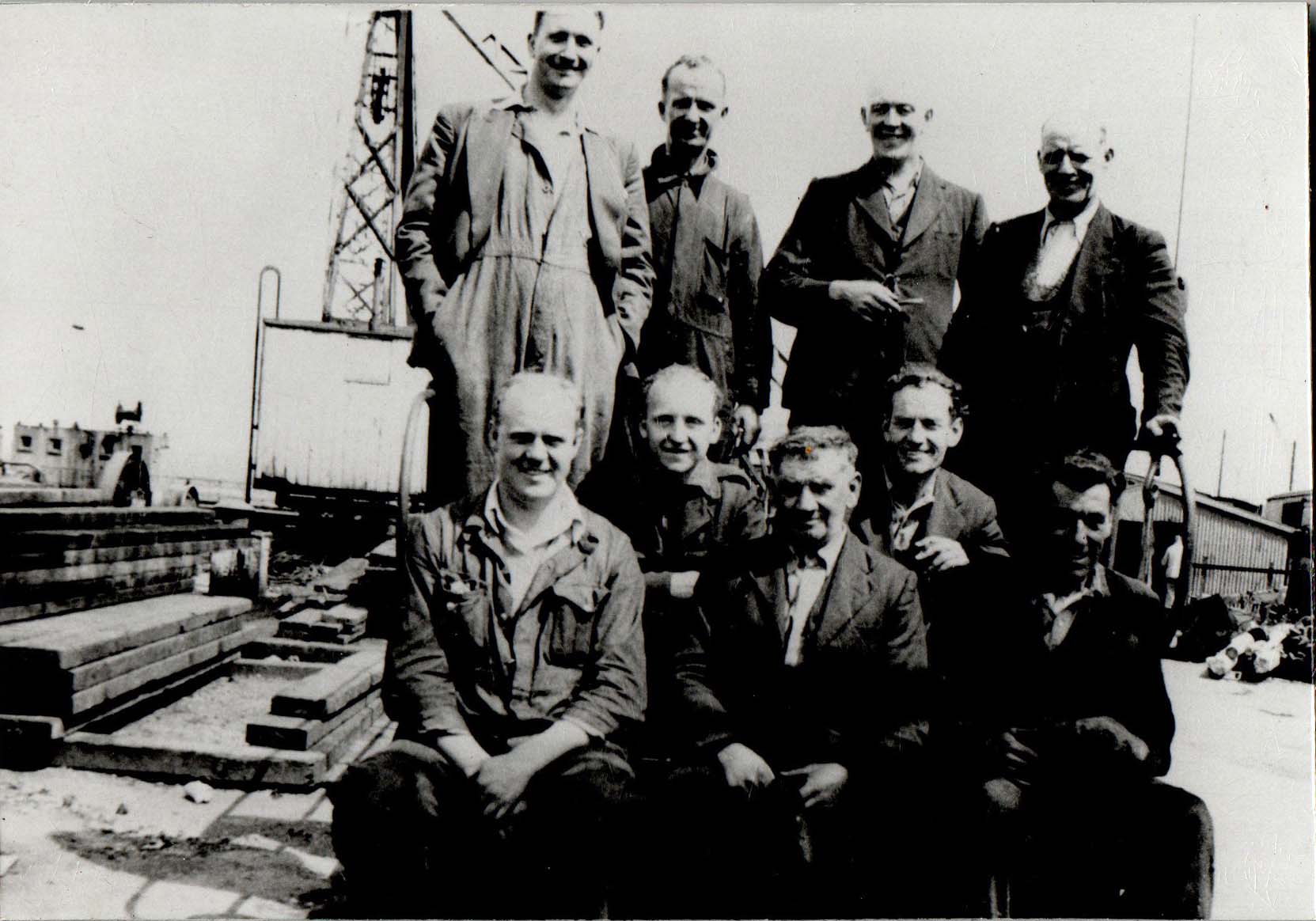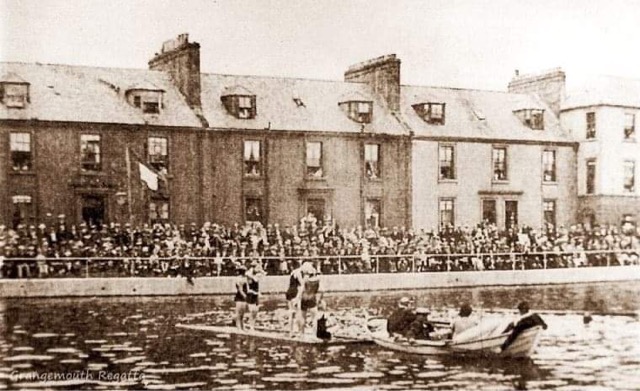Great Place volunteer Maureen Burns remembers her grandfather, George Sneddon from Bothkennar, and tells us about his life as a soldier during World War I.
George Sneddon was born on 27 July 1894 at Zetland Pit, the second youngest of 12 children. He attended Bothkennar Primary School where he was awarded a medal for perfect attendance for 3 years.
The War
When George left school he worked in the coal mines owned by The Grangemouth Coal Co. before, in 1914, joining the Argyll & Sutherland Highlanders with his younger brother Tom and going off to fight in World War I.
In June 1917, notification was received that Tom had been posted missing following an engagement the previous month (Falkirk Herald 9 June 1917, p.3). George was wounded twice, once at the Battle of Paschendale and once at Battle of the Somme.
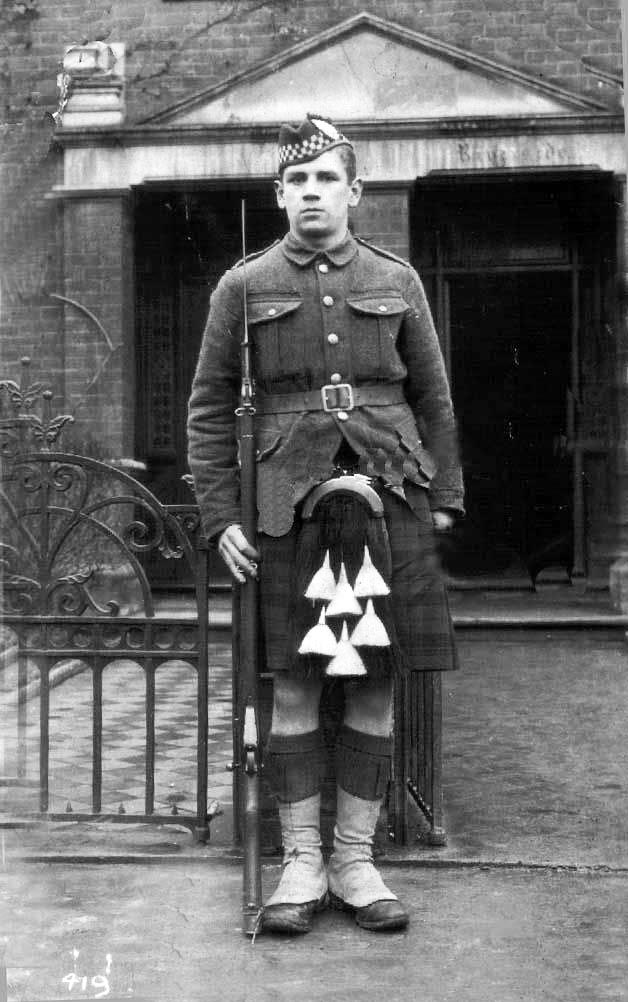

In April 1919 George was recommended for the Distinguished Conduct Medal, which was reported in the local press:
GRANGEMOUTH SOLDIER RECOMMENDED FOR THE D.C.M.
Mrs A. Sneddon, Palace Cottages, Bothkennar, has had forwarded to her by her son, Lance-Corporal George Sneddon, 8th Black Watch, a parchment from his Major-General recommending him for the award of the Distinguished Conduct Medal. The letterpress of the parchment is as follows: “I have read with great pleasure the report of your battalion commander and brigade commander regarding your gallant conduct and devotion to duty in the field whilst fighting with the 9th (Scottish) Division.” The young soldier himself writes to his mother: “I never told you before that I was recommended for the D.C.M., but this is a parchment I have got from the General. I am sending it home for fear I lose it.”
Lance-Corporal Sneddon has been 4½ years in the army, and is expecting to be demobilised shortly. His brother was a prisoner of war in Germany for a considerable period, but happily is now home (Falkirk Herald 12 April 1919, p.5).
George returned home and got married in 1919. He and his wife went on to raise a family of three sons and one daughter in Bothkennar. He initially returned to work in the coal mines but then was employed to work on the construction of Kincardine Bridge, which was completed in 1936. For his part, he received this commemorative medal:
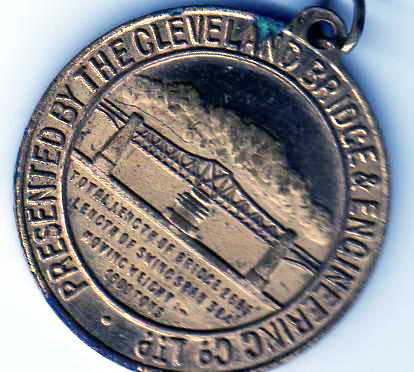

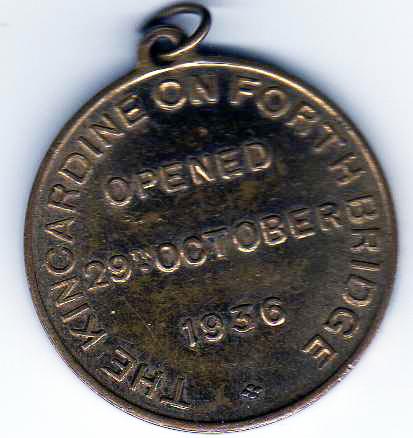

Dockyards
George went on to work in the shipyard in Dalgrain Road in Grangemouth, where he remained employed until he retired in 1964.
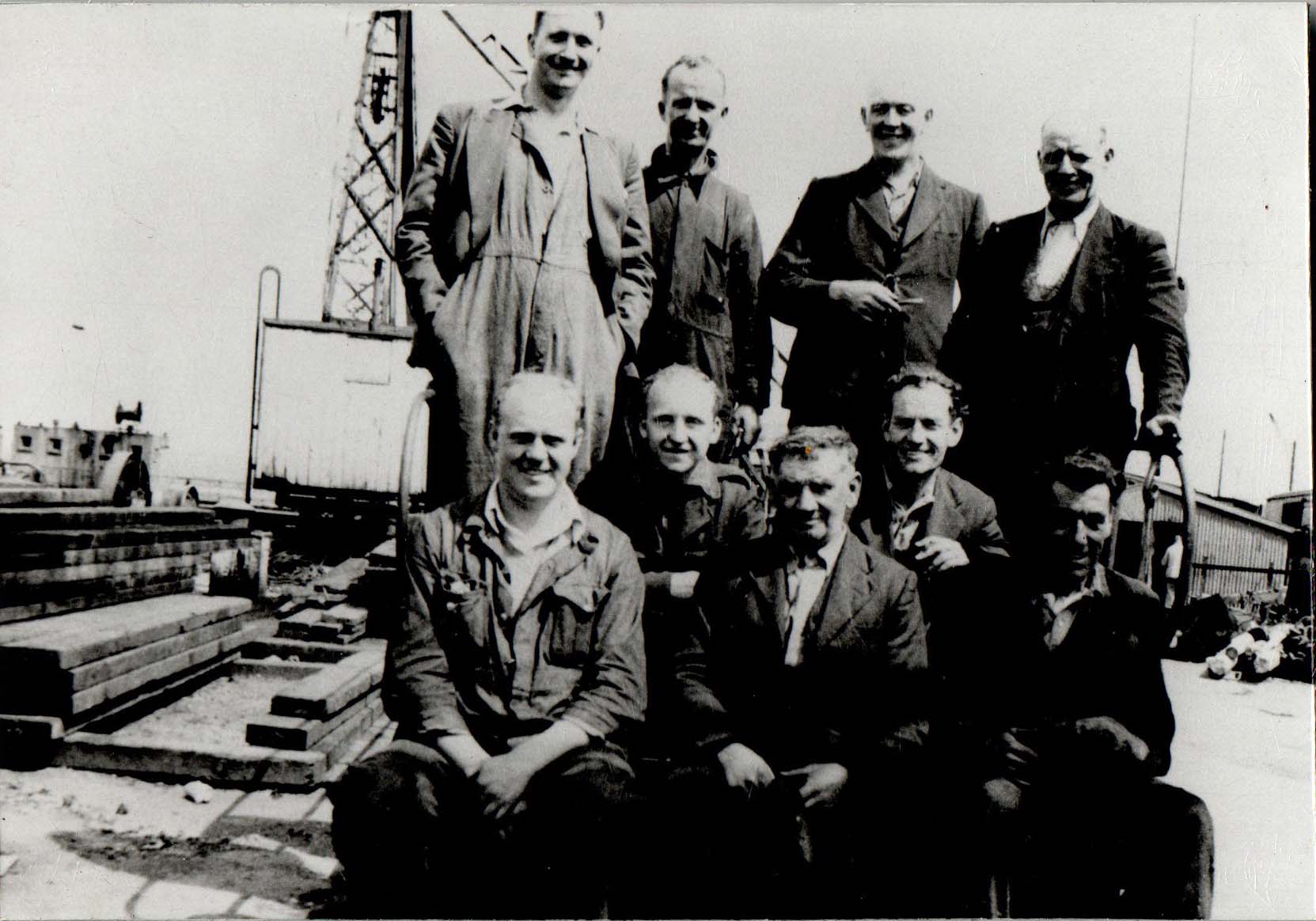

Air Raid
Two of his sons also worked in the shipyard. During World War II their jobs were classed as Reserved Occupations. Nonetheless, they did see some action. During the Forth Air Raid in October 1939, a shell was dropped at Orchardhead Farm. One of George’s sons recovered part of it and had a small plaque made:
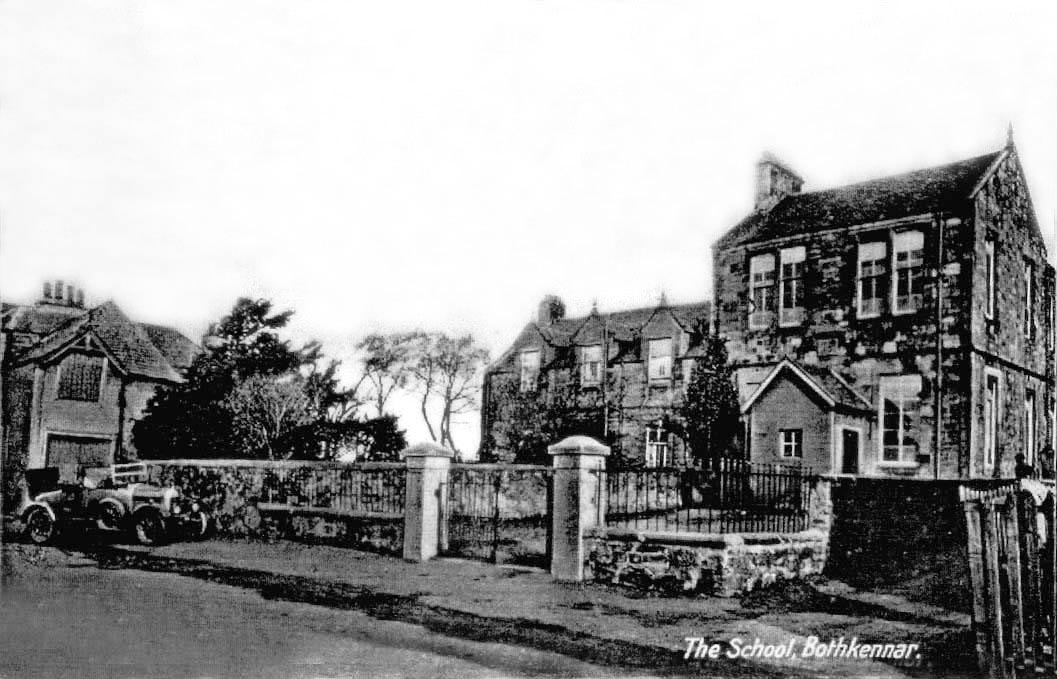

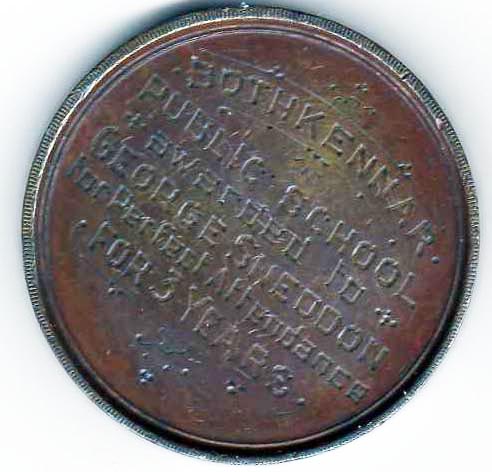

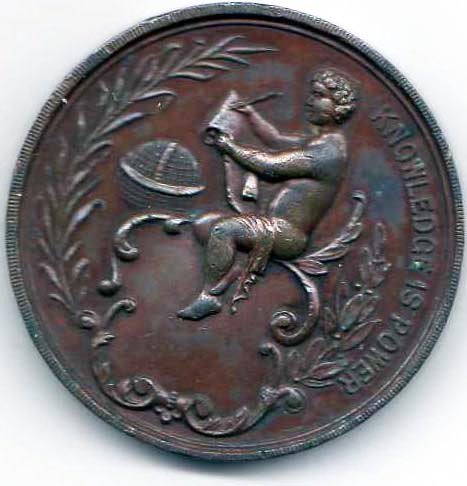

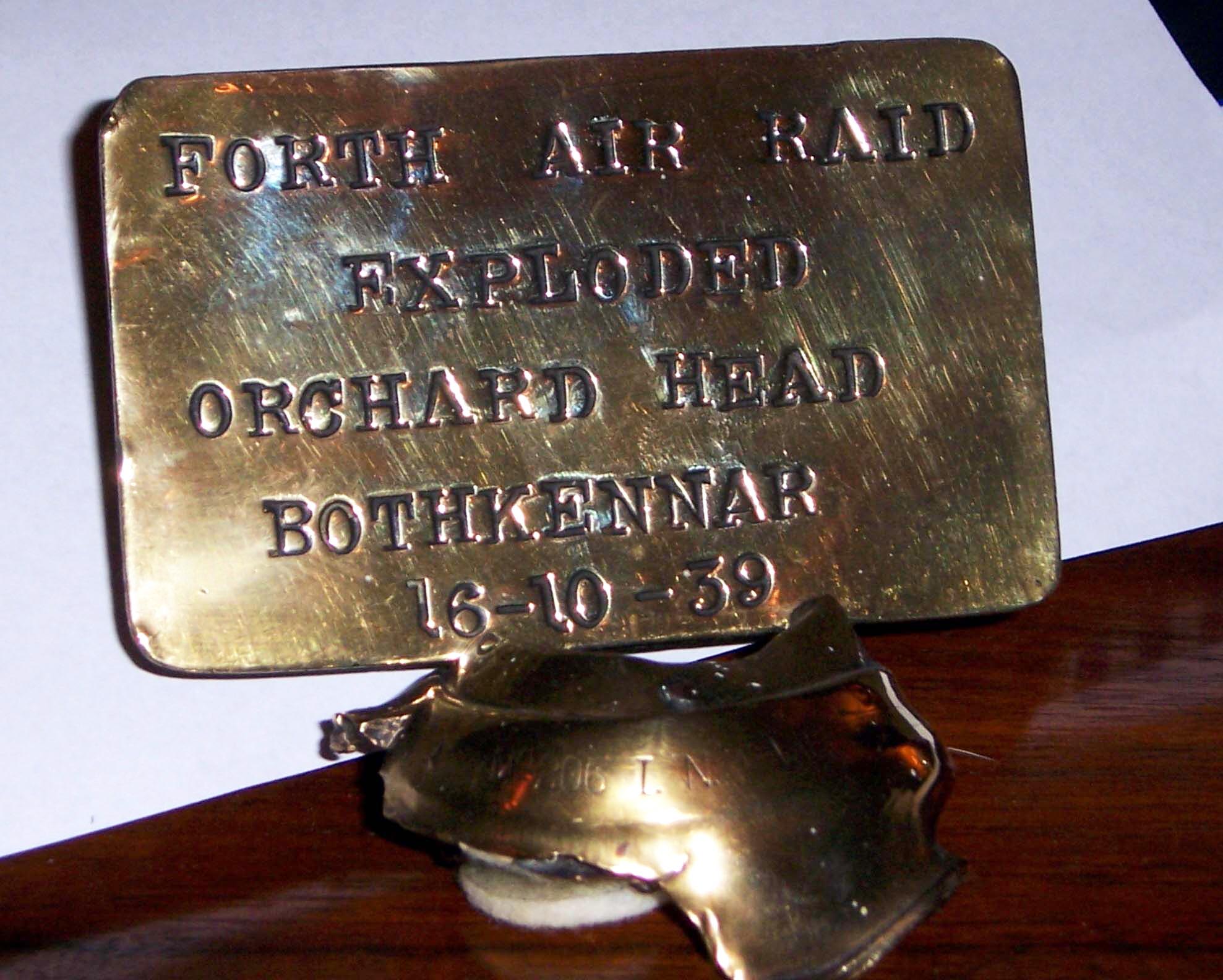

Who He Was to Me
George died in 1977. George was my fantastic Grandfather. He always had time for us, perhaps I was spoiled by him, as I was the only granddaughter of his four grandchildren. My brother and I were lucky to spend a lot of time with him as his other two grandsons lived in the North of England.
Every Sunday, after Sunday School, we visited my grandparents in Skinflats. He saved up pennies all week and shared them between my brother and me. He would not talk about his time in the First World War, but spent a lot of time reading about it from two large volumes, which I now have. We would pester him, however, to show us his bullet holes… one in his calf, which was a “through and through,” and one in his shoulder, which only had an entry hole – medics decided it was best not to try and remove it. We had to tell the Funeral Directors about it when he was cremated.
Grandpa also made up stories about World War I and he invented a super hero named Luggy, so-called because his ear had been shot off in the trenches and replaced by a plastic ear attached to his glasses.
fields['text']) echo $section->fields['text']; ?>
On a visit to the Commonwealth War Graves Cemetery at Ypres in 2019, I saw a sign for Paschendale and mentioned to our guide that my grandfather had been wounded there. He called me over later and asked me to follow him behind the large stone cross at the bottom of the cemetery. He then said this was the exact spot of the clearing station for those wounded at Paschendale. The hairs on my neck stood up.
Grandpa also made up stories about World War I and he invented a super hero named Luggy, so-called because his ear had been shot off in the trenches and replaced by a plastic ear attached to his glasses. The things Luggy got up to were incredible and we got a new episode every Sunday for years. We got really annoyed if other visitors turned up and he couldn’t tell us the latest episode.
When we waited at the front door for the bus, he would regale us with various snippets: when he saw his first bicycle and first motor car, going on a pleasure flight with A Flying Circus at Earls Gate, and seeing Wild Bill Hickock at a circus at The Ice Rink. Then we would get the quiz: name and identify the constellations; Orion, The Big Dipper and the North Star.
I was very lucky to have George as my Grandfather.
By Maureen Burns, Great Place volunteer 2020.
